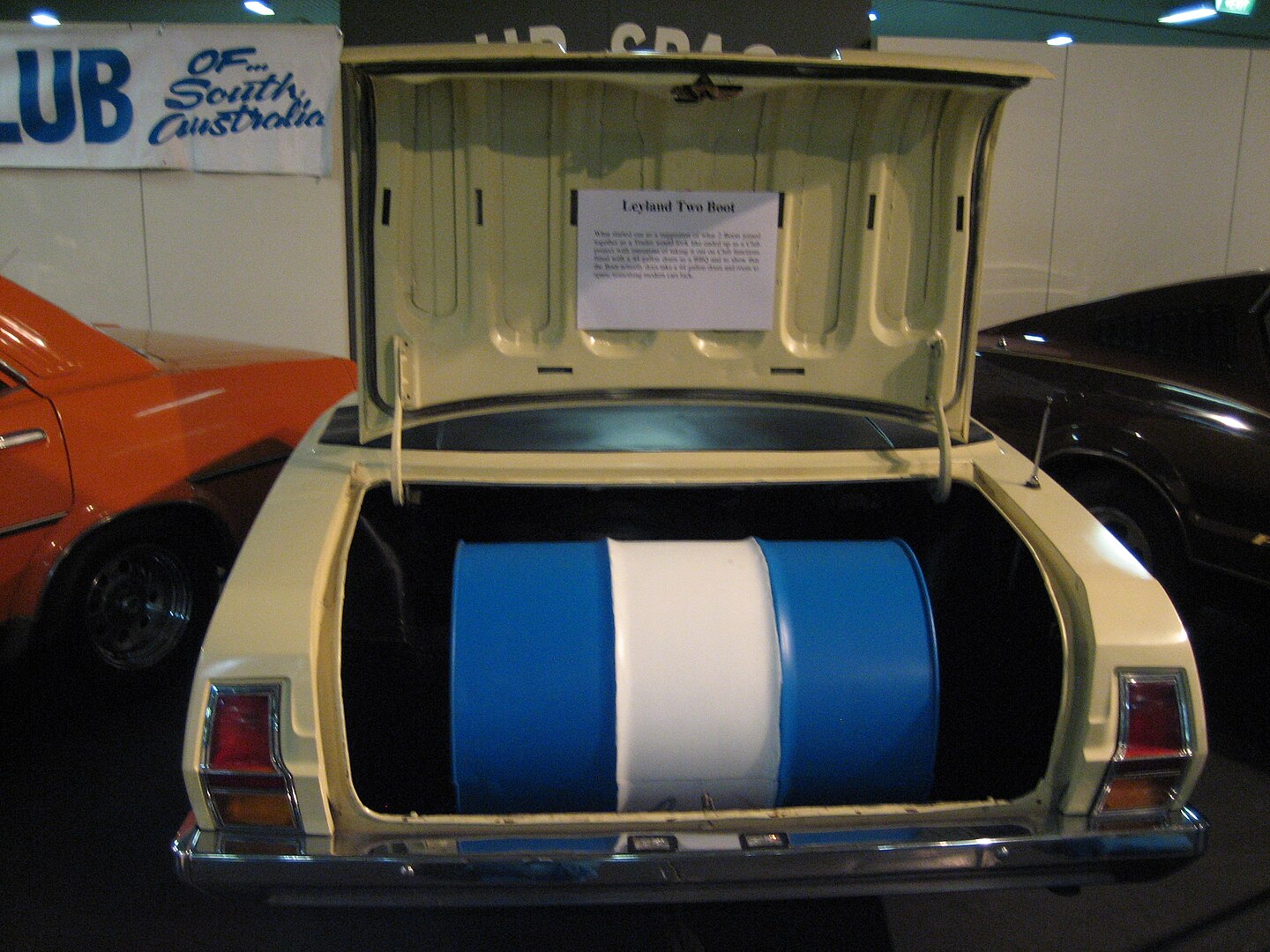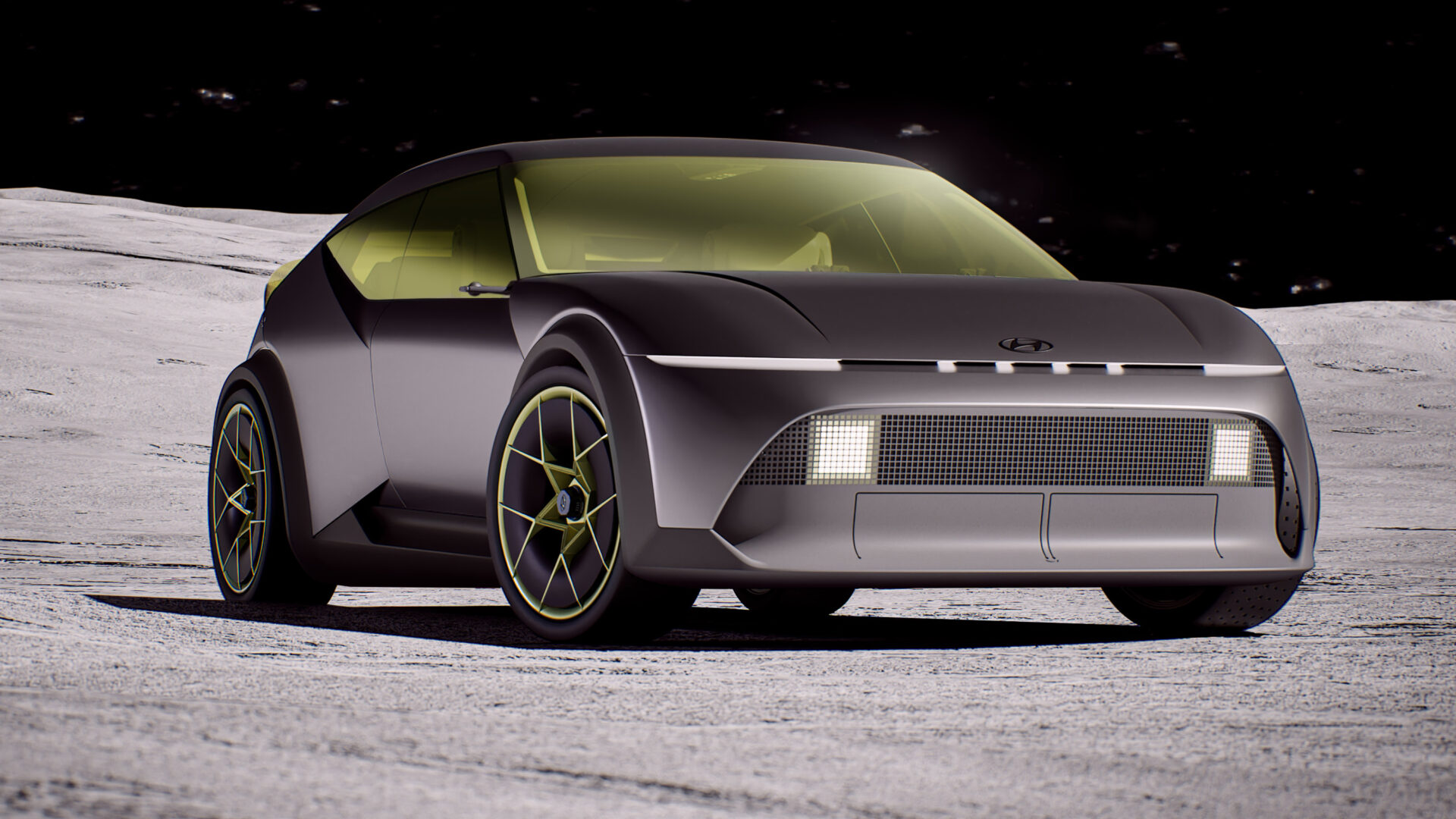Aston’s DBS Superleggera has dropped and it looks mighty.

Aston Martin’s Vanquish S is gone but it’s okay, everyone – the DBS Superleggera is here.
It’s been a while between drinks for the DBS name – it first made headlines in the late Sixties. The DB6 was getting on a bit and the William Towns-designed, straight-six powered S debuted as a fastback GT. A couple of years later the 5.3-litre V8 arrived with “the fastest four-seater in the world” tagline.
The DBS name returned in 2007 and – get this – replaced the first Vanquish S. It’s almost like there’s a pattern here. It hung around for a few years before it was displaced by, er, the Vanquish S. Both DBSes have appeared in James Bond films, so I wonder what’s going to happen next?
And Superleggera? Well, that’s Italian for super light. The term was first used by Italian coach builder Touring and has, as you are well aware, appeared on Lamborghinis every now and again. And the occasional Ducati.
DBS Superleggera
This slideshow requires JavaScript.
The new DBS Superleggera gets its name mostly because the body is made from carbon fibre, saving 72kg alone. That cuts down a lot on that pesky mass that slows you down and chews your tyres. Underneath that stunning body is an extruded aluminium structure familiar to Aston fans.
The cabin is a classic Aston 2+2 and looks pretty good. I’m not completely in love with the slightly ageing look of the centre console, but the seats look incredible. Less incredible is the carbon fibre trim in the doors. I didn’t much like a similar treatment in the Huracan Performante and I’m similarly unsure about it in the DBS.
The new DBS’ looks continue “Aston Martin’s pursuit of highly individual designs for each of its models.” That’s press release talk for saying, “We’re not doing the same design in different sizes anymore.”
Driveline

Under that huge clamshell bonnet is a 5.2-litre twin-turbo V12 punching out 533kW (725PS) and a staggering 900Nm. All that somehow finds the road through the rear wheels via a rear-mounted eight-speed ZF automatic transmission. You can leave it in auto or change with a set of big, shiny fixed paddle shifters.
I like fixed paddle shifters. Don’t ask me why, I just do.
When the rear tyres aren’t frying under all that stress, Aston says you’ll streak to 100km/h (62mph) in 3.4 seconds and 162km/h (100mph) in 6.4 seconds. It will also accelerate from 80km/h (50mph) to 162km/h (100mph) in just 4.2 seconds.
The stainless steel exhaust system is a quad system and in Sport and Sport Plus modes will make a tremendous racket. Apparently this exhaust meant that Aston could go for “purity” in the cylinder firing order, which is an interesting detail. I wonder if Aston will do a titanium to knock off a few more kilos.
Like the body, the propshaft is made from carbon fibre, again to keep weight under control.
Chassis
This slideshow requires JavaScript.
The Superleggera is clearly a driver’s car and the guts of it suggest it’s not meant to be a long-legged cruiser.
Front suspension is by forged double wishbones and the rear a multi-link setup. Adaptive damping stiffens up as you go to more aggressive modes. The Superlegga is 5mm lower than the DB11 and various detail changes such as increased camber front and rear further sharpens things up.
The brakes are a set of pizza-sized carbon ceramic brakes. The fronts measure 410mm and the rears 360mm. Those rear discs are also involved in the car’s dynamic torque vectoring system.
The 21-inch alloys are wrapped in the almost obligatory Pirelli P-Zeros – 265/30 at the front and 305/30 at the rear.
Aerodynamics
This slideshow requires JavaScript.
The Superleggera’s body is bristling with aero cleverness.
At the front, the splitter and air dam generate real downforce while directing air to the brakes. A deeper slot behind the front wheels extract dirty air from the wheelarch to cut lift. Aston calls the the devices behind the front wheels the “open stirrup” and “curlicue” and says they’re from the Vulcan hypercar.
The rear end features a double diffuser and what Aston calls “Aeroblade II”. Along with various other measures, the DBS Superleggera generates 180kg of downforce, which is pretty good going for a roadgoing GT car.
Is it super light?
Uh…yeah? Kerb weight is 1693kg, which is not bad at all – for perspective, it’s lighter than either the F-Type SVR convertible or Coupe and not far off a Lamborghini Aventador S. So in the context of a 2+2 GT, yeah, it’s light. It’s not Lotus-light, though.
A DB11 AMR weights in at 1870kg, just for context.
Aston Martin DBS Superleggera Pricing
[table id=13 /]
Nick Knight DBS Superleggera Video
Missed our story about the Aston Martin Rapide AMR? Click here.
Like our Aston Martin coverage? There’s more here.



































Leave a Reply